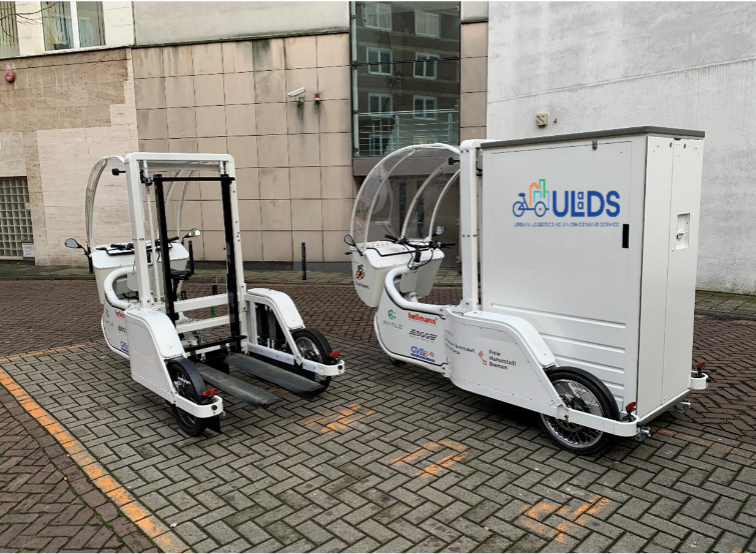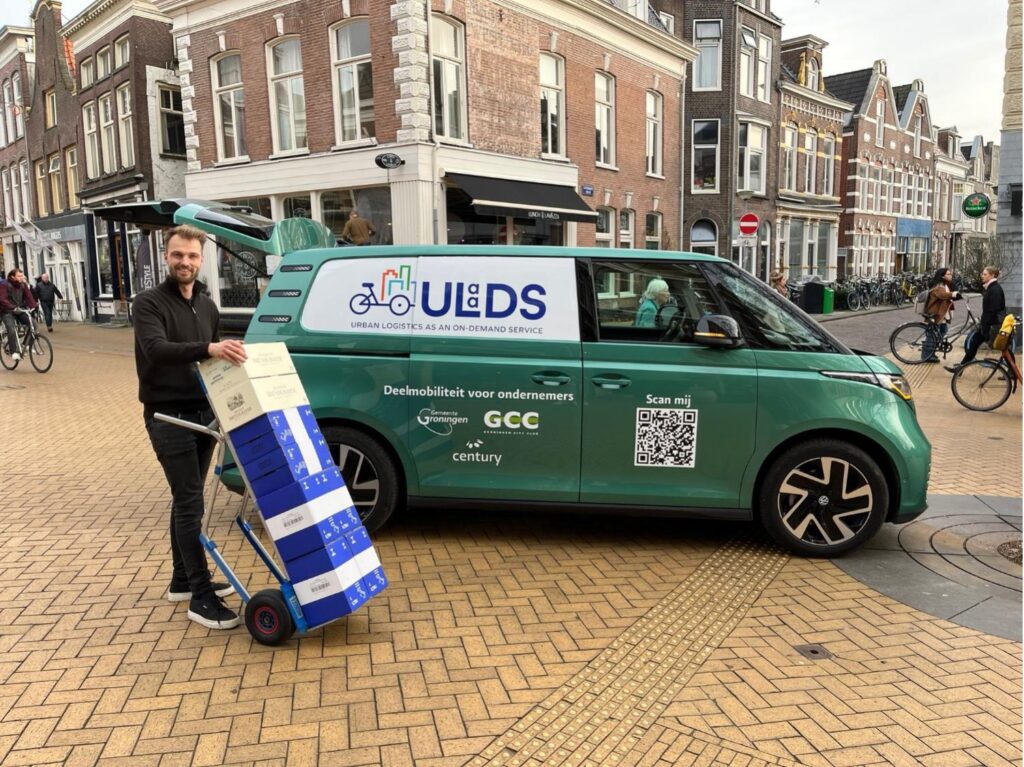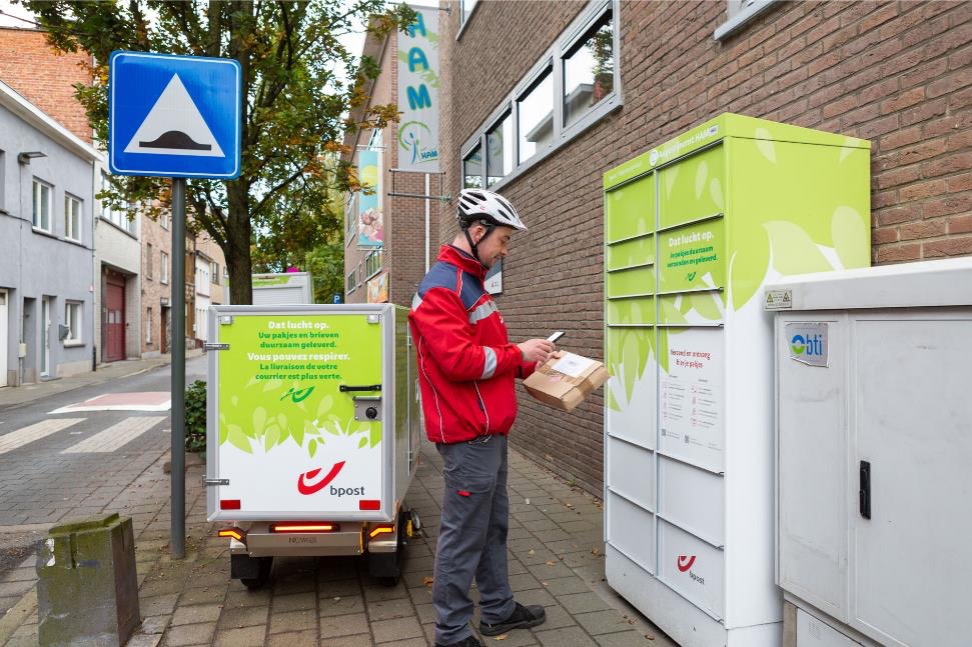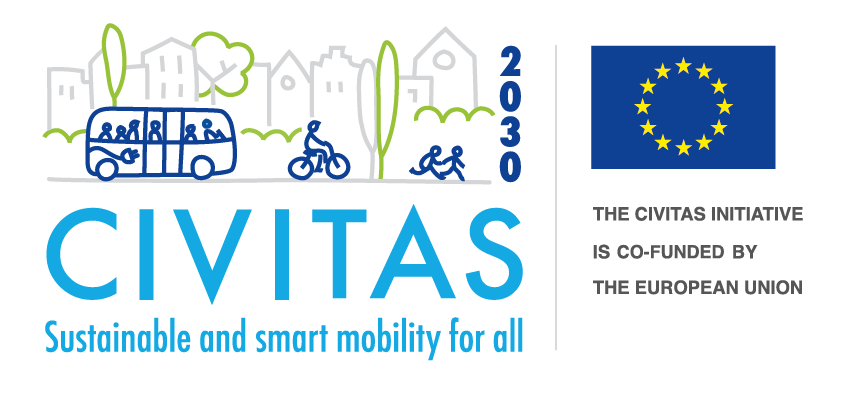Learning from the Implementation of Urban Logistics Pilots in European Cities: Insights from Domien Stubbe of VIL
Learning from the Implementation of Urban Logistics Pilots in European Cities: Insights from Domien Stubbe of VIL
An interview with Domien Stubbe – Vlaams Instituut Voor de Logistick VZW (VIL)
Domien Stubbe, a Project Leader at VIL, shares his insights on the implementation of urban logistics pilots in the ULaaDS Lighthouse cities. He details how the pilots in Mechelen, Bremen, and Groningen were planned, and where they currently stand. He also discusses the challenges of defining the pilots, such as difficulties in planning, discussing with partners, and navigating policy contexts.
VIL is Flanders’ sole innovation spearhead cluster for logistics, with over 600 members. VIL is involved in various aspects of the ULaaDS project, in particular as the leader of WP4, which includes the ULaaDS research trials. VIL’s expertise in applied research in the field of urban freight is crucial for supporting and achieving the objectives of this work package. VIL’s involvement includes the implementation of various trials in the lighthouse cities, data collection during the trials, and detailed reporting of the trial results for the validation and final definition of the ULaaDS models for horizontal collaboration and impact assessment. VIL will also play a key role in up-scaling and multiplying activities with satellite cities. VIL has a proven track record in bringing together different stakeholders in the challenging environment of urban freight, as has been demonstrated in numerous regionally funded projects.
Q: How were the ULaaDS pilots in Mechelen, Bremen and Groningen planned, and what is their current status?
“the process of setting up trials has turned out to be an incredibly difficult, but highly educational process.”
DS: The initial planning of the trials took place during the proposal phase of the project, and all three cities took a different approach.
In Mechelen, three commercial parties were identified and invited to join the project, with a focus on cargo bike logistics, but the trial was not defined in detail. During the project, the partners came together to define the trial, focusing on collaboration for pickups at local shops. However, it turned out to be very difficult to define a framework for collaboration. Due to commercial concurrency, the use of subcontractors, and in the end, not enough buy-in from the director’s board, sadly this trial never reached a real testing phase. It was a very educational process, though it does feel like failing in the end.
The second trial was about cargo-hitching with an autonomous vehicle. During the project, the opportunity arose to join forces with another European project (ART-Forum) to enlarge the impact. This helped to effectively test an autonomous vehicle transporting people and packages at a business park during the summer of 2022, and investigate the possibilities for future business models concerning the topics. With a lot of meaningful insights as a result, but also with the knowledge that autonomous vehicles are maybe not yet ready for full implementation in daily use for city logistics, certainly not in a cargo-hitching scheme.
Bremen took a different approach: it chose two promising existing trials from local projects, and through ULaaDs it scaled up its activities. The first trial is about standardised micro hubs and cargo bikes, delivering goods inside the city (infrastructure and bikes delivered by Rytle). The second trial focuses on private logistics: citizens can book a cargo bike for a day and save a car trip this way. The trials are running as we speak and have quite promising results. It also shows that, for positive results, too much new and combined innovation in a trial can be a blocking factor.

Groningen had the bad luck that during the Covid crisis, their main trial partner went bankrupt. Therefore, they had to search for a new partner, with a completely different background. They showed a lot of flexibility and creativity to completely redefine the trial setup, together with their stakeholders. This ended up in a very successful trial where local shopkeepers are sharing (through a rental scheme) sustainable logistics vehicles for their transportation needs. In a second trial, Groningen is placing public parcel lockers at a mobility hub (park & ride zone) outside the city. For very practical reasons, this is turning out to be a very difficult trial. First of all, it was a nightmare to get electricity at the necessary space, and secondly – when everything seemed ready to start – the internal land use planning department came with very useful concerns towards the safety implications: the lockers would block the view of safety cameras, and therefore solutions needed to be found. It shows that, even if you think you have reached all the necessary stakeholders, there are always more implications than expected in the definition of trials. Hopefully, we can start this trial now very soon, as we are already in the last year of the project – so only a little time is left to gather meaningful results.
Overall, the process of setting up trials has turned out to be an incredibly difficult, but highly educational process.
Q: Why were these pilots chosen for these specific cities?
DS: The cities were in the lead when defining the trials. They did have to take into account the basic principles of the project: to create sustainable business models for collaborative and shared city logistics solutions, or the integration of passenger and urban freight transport. Where Bremen opted for realistic, yet less innovative solutions, Mechelen chose radically to innovate and learn. Groningen is, in my opinion, somewhere in between. It all depends a bit on the local needs and possibilities, in line with the city government’s willingness to participate.

Q: What were the main challenges in defining pilots in ULaaDS?
DS: Defining pilots in a European project is a challenging process. To create a proposal, you need to define the pilots a year before the project starts, without knowing if the proposal will be accepted. Effective trialling doesn’t usually start in the first year of the project. Therefore, you have to convince stakeholders to become project partners two years in advance to join and define a trial. In those two years, a lot can and will change, especially within the participating businesses, and new technologies and policies may also be introduced, making it challenging to stick to the original plan. Therefore, it is good to leave room for further definition but finding the right balance can be tricky. Too many unknown factors can make partners less committed to the project’s end goal. If you have a strong and positive connection with all stakeholders, the process can be easier. However, if you have to create a new collaboration, it can be a challenging and exhausting process.
Q: What have been the strengths and weaknesses of running the pilots and collecting data from the three cities?
DS: In the project timeline, the idea was to first define which KPIs (and therefore linked data) to ask the trial partners, to ensure these data sources were available. This turned into an exhaustive longlist, a ‘wishlist’ of data sources. But the partners were not willing to give away any of the data without being sure it was all in line with their role in the project. Therefore, we changed the strategy and worked with each individual partner to gather meaningful data. This was (and is) a very intense process, where the responsible partners (Fraunhofer from Germany and Transport Economic Institute from Norway) are doing a tremendous job in gathering data-driven results. Additionally, there are stakeholder fora, organised by the cities but with help from the Austria-based knowledge institute IFZ. They also had to throw away the theoretical idea from the start and play with the possibilities and opportunities that came up within the cities and stakeholder groups. In the end, I believe all participants in the project are showing tremendous flexibility and willingness to bring this project to a successful end. However, the initial plans described in the proposal had to do a 180°.
Q: Do you think the lighthouse cities will transform the pilots into fully-fledged initiatives that continue past the project’s lifetime? What is needed to continue their implementation?
DS: The likelihood of transforming the pilots into fully-fledged initiatives that continue past the project lifetime depends on each trial. As mentioned before, Mechelen took a leap of faith in testing very innovative and difficult setups, and the trials are not yet ready for real implementation. In Bremen though, as the trials existed already, I believe there are good chances of continuation and even adoption by other cities. As for Groningen, the trial on sharing logistic vehicles has a strong chance of continuing, but it might be more difficult once the financial support stops. It will be very important to clearly define the business model in a practical sense, together with stakeholders to ensure an embedded adoption.

Q: What are the key lessons learned to replicate the pilots in other cities, particularly in the ULaaDS satellite cities?
“a strong stakeholder participation forum, not only in the context of a project but for city logistics in general, is necessary to implement any type of sustainable innovation.”
DS: There are so many lessons, and if we had to do it all over again, it would have been a different project, with other difficulties and mistakes, of course. However, my learnings can be summarised into the following:
- The importance of a strong stakeholder participation forum for sustainable innovation implementation (not just within a project, but for city logistics in general)
- The need for clear and specific expectations, and to have them in writing
- The importance of defining clear expectations on data-sharing, domains of collaboration, expectations on joining meetings, and dedicated working time upfront
- The difficulty in maintaining promises in agreements made several years ago, particularly if there are changes in priorities or circumstances
- The need to minimise the time span between agreements made on trialling and the start of the actual work to be done
- The understanding that if circumstances change, the rules of the game will change as well
Q: Based on your experience in ULaaDS, how do you now see the future of urban logistics?
DS: Throughout the course of this project, I have observed a significant transformation taking place in many cities. Logistics, which was once considered just a small part of mobility or economics, has now emerged as a spearhead domain in its own right. Cities are now recognizing the urgent need to create a clear vision for sustainable and safe logistics that is seen as a necessary component of city life, rather than a burden.
I have seen that a lot of cities have gained knowledge and experience in this area and have recruited dedicated professionals to help shape their future plans. They are creating Sustainable Urban Logistics Plans (SULPs) that are integrated into their mobility plans, and they are doing this in strong partnership with stakeholders from the quadruple helix: local shopkeepers, citizens, logistics companies, and experts. This collaborative approach represents a significant evolution in my opinion. Cities are no longer just experimenting with ideas, but are actively seeking the best proposals and solutions that align with their unique needs.
Policy will be a strong trigger in levering the shift towards sustainable city logistics, something cities all acknowledge today as well. It will require significant political courage to implement these regulations, as they may not make all stakeholders equally happy. However, strong and effective stakeholder management will be the key to successful implementation.
I am optimistic that a real shift towards sustainable logistics will be created in the next few years, perhaps by 2030.



